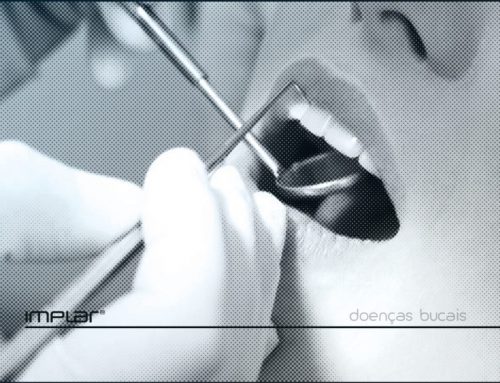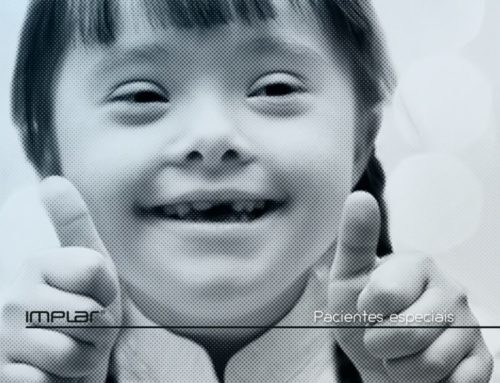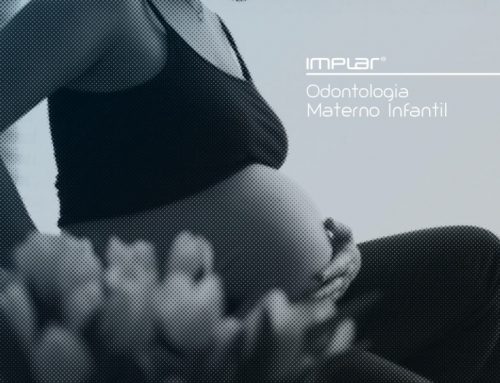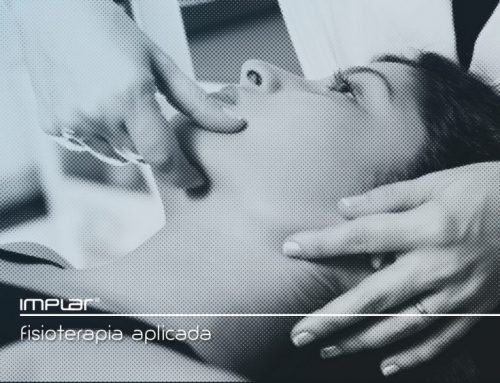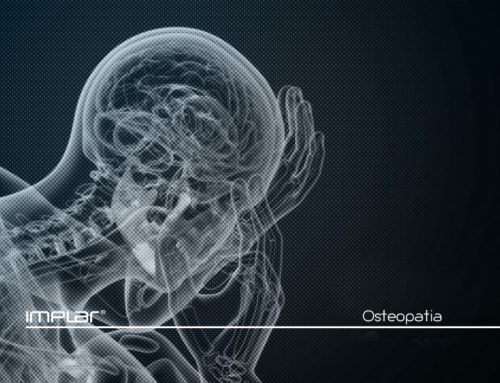DTM
Many people with facial discomfort may have problems related to TMJ. If you have questions about this, or you suffer from this kind of symptoms, look for a service at IMPLAR® Dental Hospital, you will find the best professionals and the most innovative ways of treatment.
WHAT IS DTM?
TMJ stands for temporomandibular joint. This joint is responsible for all the movements you make with the mouth, there is one on each side (in front of each ear).
The diseases on this joint and the muscles that make these movements of the mouth are called temporomandibular disorders (TMD). This is a disease that causes suffering to millions of people around the world, decreasing the quality of life and restricting social interaction. One of the most common symptoms of TMD is difficulty or cracking when opening the mouth, not being able to open or close the mouth and headaches more than twice a week. Many patients have this symptom and are unaware that it can be caused by TMD.
ABOUT THE DISEASE:
TEMPOROMANDIBULAR DYSFUNCTION (TMD) is a little known disease and, oddly enough, most health care providers in the medical and dental areas are unaware of it. Many still believe that TMDs originate from anatomical causes such as facial asymmetries, lack of teeth, crooked teeth, and so on. Some of these theories have originated over 100 years ago. Although, over time it has been proven that they are no longer true, many professionals, either by lack of study or due to conveniences of several natures, insist on treating their patients in trying to correct them. These types of treatments are usually invasive, irreversible, long lasting, expensive, and most often result in failure.
HEADACHES?
Some of the headaches originate in the muscles that make the movements of the mouth and sometimes the areas that generate them are in places far from the areas that are felt. This mechanism of muscular pain is called myofascial pain and the painful points that cause this “distant pain” (referred pain) are called myofascial trigger points. This is a very interesting mechanism and responsible for many diagnostic errors. The pain only manifests there but its origin is at a distance.
Although it affects millions of people worldwide, DTM is a poorly understood disease. They are lesions possibly caused by unnecessary movements that we make with the mouth; habits like: gently biting teeth, biting lips or cheeks, wrong positions of work, sleeping, etc. Training for the elimination of these habits, or protection of teeth and muscles for those with bruxism, may be the key to relieving the symptoms of dysfunction.
Bruxism, characterized by the tightening or grinding of teeth that some people perform during sleep or even during the day, has long been considered a major factor causing TMD. With the evolution of knowledge, bruxism is almost discarded as a factor causing pain or even TMD.
According to recent studies, the worldwide incidence of TMD is 3% of the population per year. Despite being a low incidence, the duration of the disease is long, causing a large number of patients.
THE PATIENT’S PROFILE
The patient with TMD is usually a chronic patient who takes years to seek treatment. As the symptoms are very subjective and may be linked to other medical problems (depression, otological or rheumatologic problems), the dentist is often the last health professional to be sought.
DID YOU KNOW?
An intriguing question is that women of childbearing age are the most affected by the disease, about nine women for each man. Currently, an increase in TMD cases in adolescents and children has also been observed.
FORMS OF DTM CONTROL.
Although it is a disease that can cause a lot of discomfort for years, the treatment for this disease, when well diagnosed, does not present great difficulties. With a well-conducted clinical assessment, which consists of specific diagnostic techniques, the DTM specialist will explore and analyze patient complaints in an orderly manner, and finally recommend the necessary control not only in your area, but also the referral of the patient to other professionals.
Generally the control of TMDs is simple and conservative, done through home therapies, exercises, compresses, muscle relaxation. In most cases it is necessary the interaction of a multi-disciplinary team for the best understanding and specific conducts in the areas of: speech therapy, neurology, psychology, rheumatology, otorhinolaryngology, and endocrinology. The DTM specialist should be able to diagnose all orofacial pain, treating those that are related to his area of action and refer the patient when the treatment demands intervention of another health professional. Only after a joint and simultaneous evaluation on these cases will the therapy be performed.
THE MOST COMMON SYMPTOMS THE PATIENT CAN PRESENT:
- Headache on one or both sides of the head more than two days a week;
- A “click” or displacement sensation when opening or closing the mouth;
- Pain when yawning, opening the mouth too much or chewing;
- Mouth that “gets stuck”, hangs, or gets out of the original place;
- Tiredness on the face or when chewing;
- Change in the way the upper and lower teeth fit – uncomfortable bite;
- Grinding or clenching of the night / daytime teeth;
- Some types of ringing in the ears;
- Pain or tightness in the neck referring pain to the face or head.
WARNING: BE CAREFUL OF DIAGNOSTICS!
Surgeries are rare for TMD cases (less than 1% of cases). If you have had any surgical procedure indicated, be careful. Always ask for the percentage of improvement after it has been completed. What is your guarantee of success: 10%, 20% … or 90%? Ask for this answer and ask about the literature that supports this procedure.
The IMPLAR® Institute today has one of the most renowned specialists in the DTMs account, Prof. Dr. Antônio Sérgio Guimarães. He holds a Master’s degree in Morphology (1998) and a PhD in Health Sciences from the Federal University of São Paulo (2003). Responsible for the Master’s Program and Specialization in Temporomandibular Dysfunction (TMD) and Orofacial Pain (DOF) of São Leopoldo Mandic School – Campinas, São Paulo and Fortaleza. He has experience in the area of Dentistry, with emphasis on Temporomandibular Dysfunction / Orofacial Pain, acting mainly on the following topics: Temporomandibular joint physiology (TMJ) and chewing muscles – myofascial pain per trigger point.

